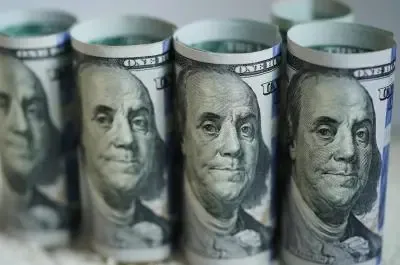India's Forex Reserves Approach Record High of $704.8 Billion

Synopsis
Key Takeaways
- Forex reserves rose to $686.14 billion.
- Seventh consecutive week of increase.
- Gold reserves increased by $4.575 billion.
- Financial markets are stable and growing.
- Rupee has regained some strength.
New Delhi, April 26 (NationPress) India's foreign exchange reserves have climbed to their highest level since November last year, reaching $686.14 billion, indicating a robust economy amidst global uncertainties.
Data from the Reserve Bank of India (RBI) reveals that the country's forex reserves increased by $8.31 billion for the week ending April 18, marking the seventh consecutive gain.
The reserves had previously added $1.57 billion in the week ending April 11.
Forex reserves have gradually recovered after a significant drop from their peak of $700 billion at the end of September. The overall forex reserves hit an all-time high of $704.885 billion in September 2024.
For the week ending April 18, foreign currency assets—a key component of the reserves—rose to $578.49 billion, as per RBI data.
The RBI noted that gold reserves increased by $4.575 billion, reaching $84.572 billion during this timeframe. Additionally, Special Drawing Rights (SDRs) grew by $212 million to $18.568 billion.
The data also indicated that India's reserve position with the IMF saw an increase of $7 million, reaching $4.51 billion for the reporting week.
India's financial markets have evolved into a vibrant and resilient mechanism to drive economic growth, with the foreign exchange market nearly doubling from $32 billion in 2020 to $60 billion in 2024. The average daily volumes in the overnight money markets surged from approximately Rs 3 lakh crore to over Rs 5.4 lakh crore over this four-year span, according to RBI Governor Sanjay Malhotra.
There has also been a 40 percent increase in average daily volumes in the government securities (G-secs) markets to Rs 66,000 crore during the same period.
Malhotra stated that all financial market segments in the country, including Forex, G-secs, and Money Markets, have largely remained stable. While the Rupee faced some pressure earlier, it has since performed better and regained some lost ground.










